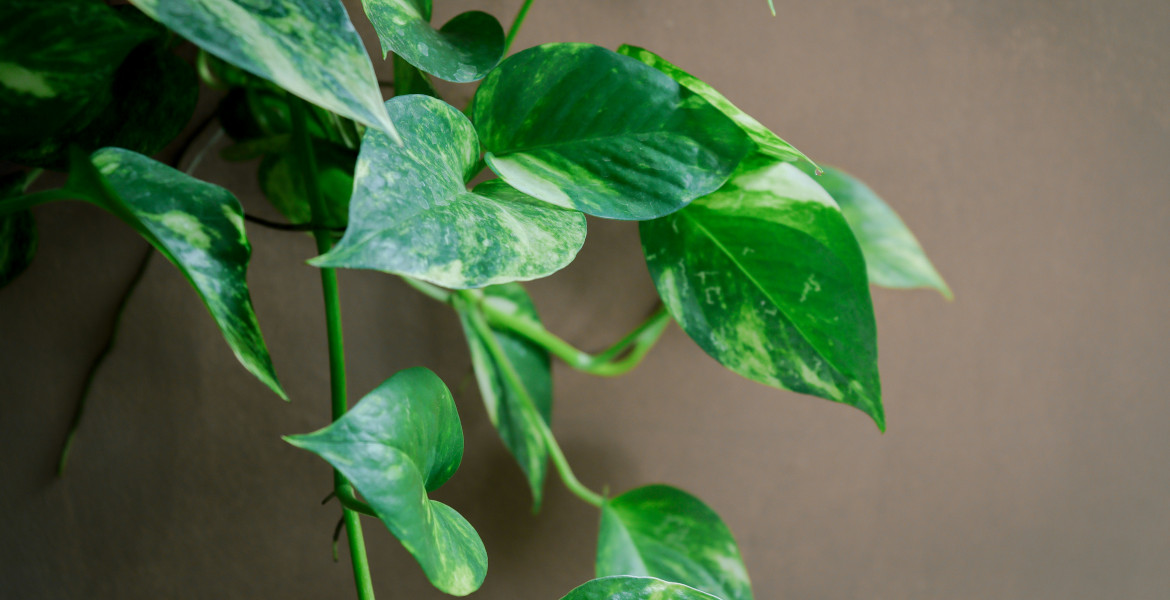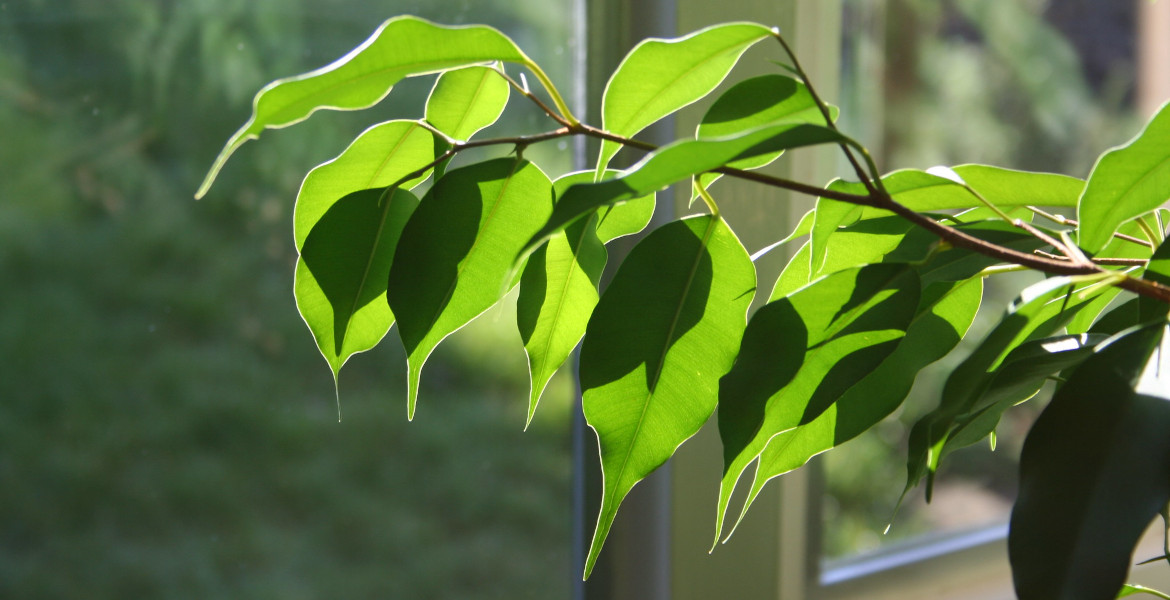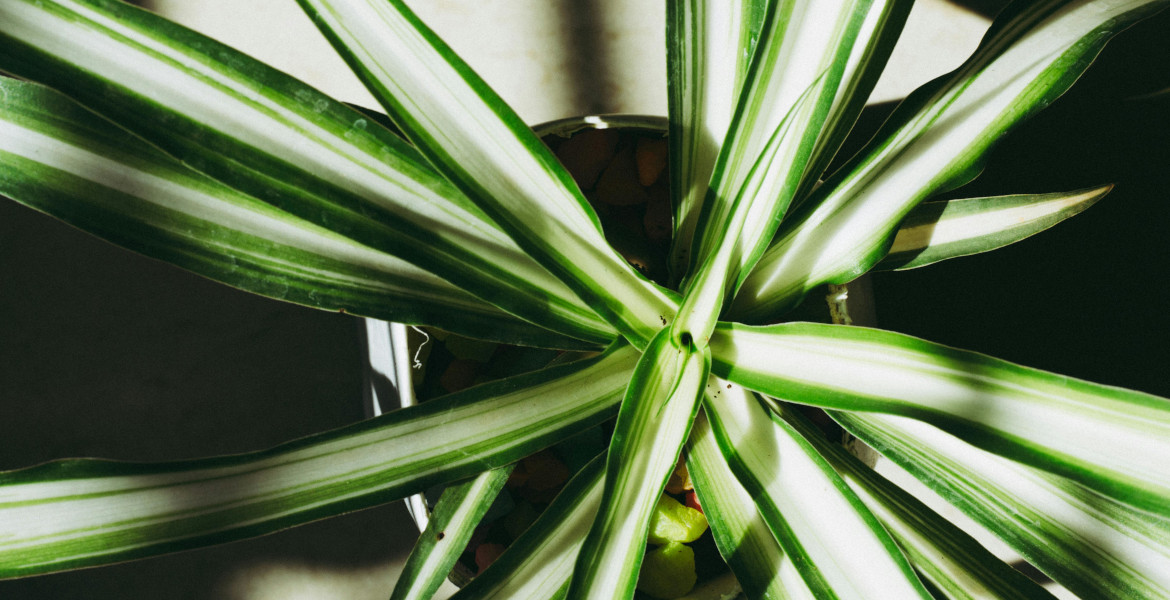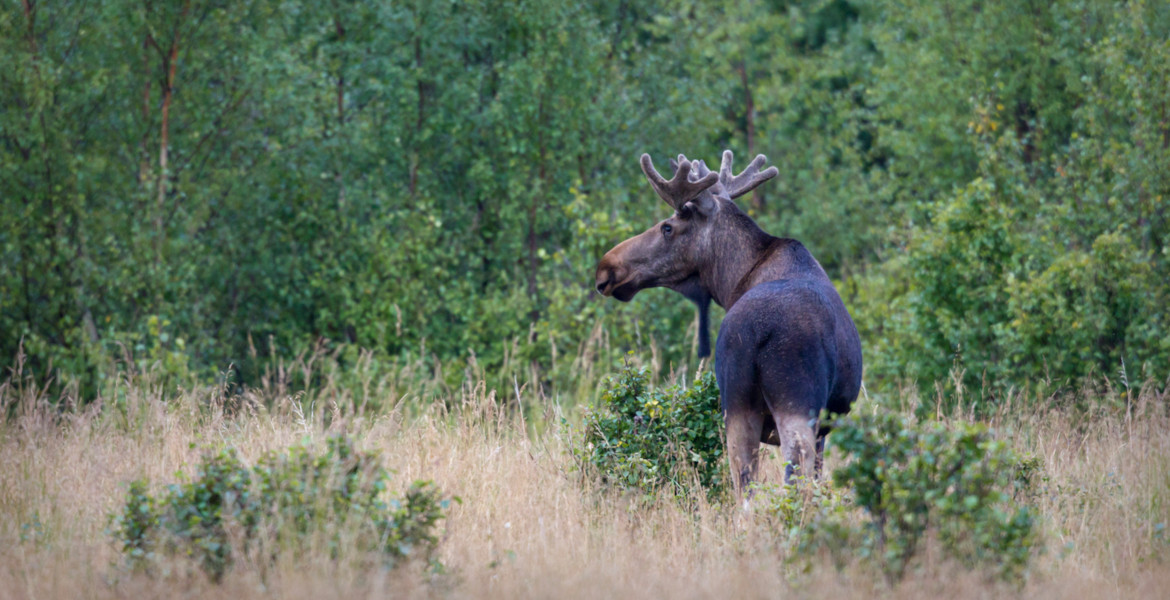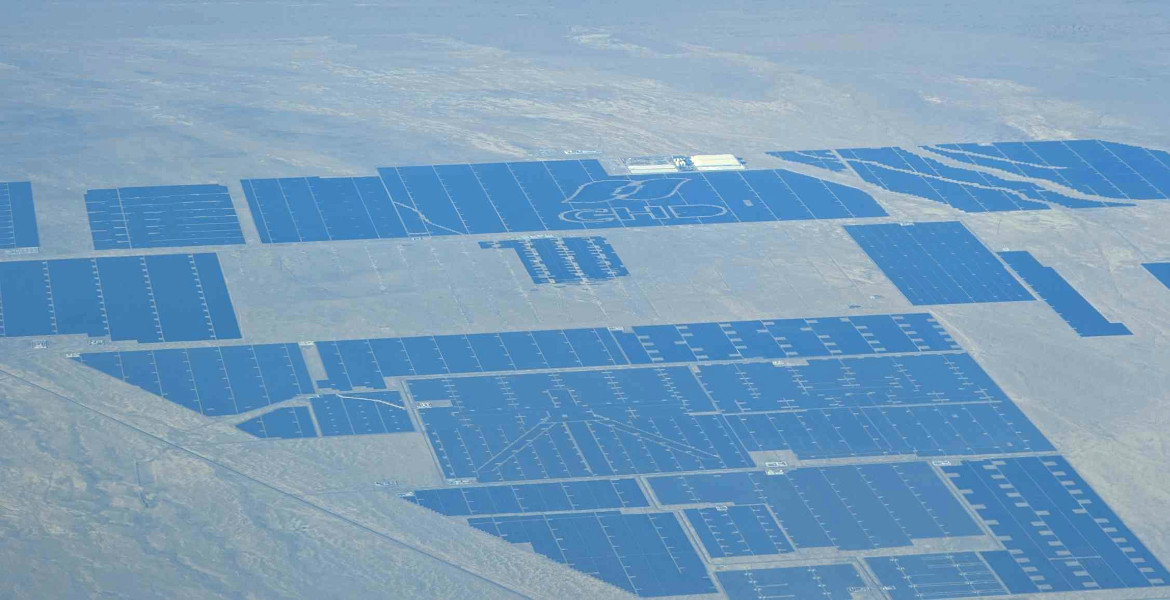Forest biologist Sebastian Kirppu has been fighting for the last 18 years to have the Havsvalladalen valley in Värmland protected. This year, together with friends, he held an unofficial inauguration of the nature reserve and now the forest biologist hopes that it can become part of Värmland's first national park.
Havsvalladalen is part of Värmland's largest contiguous natural forest area, where the forest is largely dominated by fire-prone pine forest where the pines can sometimes be up to 300 years old. The forest is also rich in leafy trees where there occur well-developed deciduous fires. The Havsvallan watercourse runs along the valley and large parts of the valley contain many boulders. The richness of the boulders makes the forest rare in terms of geological value, as it is rare to find such extensive boulder seas so far south.
Large parts of the forest have been untouched for almost 150 years. Because of this, there are also many natural forest structures such as dead wood in various stages of decomposition, old and large trees and the area also has a high level of biodiversity.
For the past 18 years, forest biologist Sebastian Kirppu has been fighting for the protection of the Havsvalle Valley, and in June he finally held an unofficial inauguration of the new nature reserve. Initially, there was little interest from the state, but the more attention was paid to the diversity of the forest, the stronger the interest became.
– The hallmark of Havsvalladalen is the spruce-pine forest, a dense forest created by forest fires, and the giant boulders, Kirppu told Natursidan.
It was in 2020 that Kirppu received the news that they were choosing to protect the area, but the inauguration was canceled due to the corona crisis. It is with tears in his eyes that Kirppu cuts the symbolic ribbon for the inauguration of the nature reserve and toasts his group of friends who have come to the forest with him.
Kirppu now hopes that the nature reserve can become Värmland's first national park together with the nearby nature reserves Havsjöskogen, Brånberget and Torrknölen. This would cover an area of about 3600 hectares.
– Here we have all the elements of a natural forest, he says. There are stumps with carbon from forest fires that raged here in the forest more than a hundred years ago, there is self thinning where some tree individuals die in competition with others for light and nutrients, and there is a variation in the thickness of the different trees. A natural forest will never be homogeneous, it is always heterogeneous with a diversity of species.
Havsvalladalen is located in Torsby municipality in Värmland, about 11 kilometers north of Båtstad.


